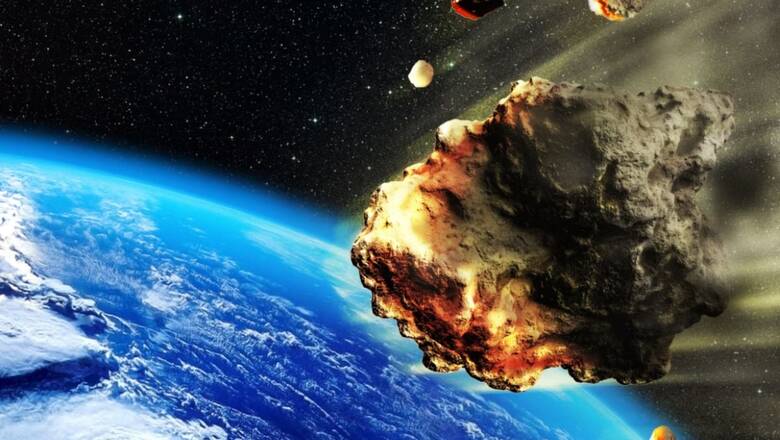
views
While love needs no occasion to be celebrated, this week is that time of the year when lovebirds celebrate love, affection and commitment. But other than the week of love, the asteroid designated as 2024 BR4 has captured public attention due to its relatively close approach to our planet, Earth on 14 February, 2024 at 9.86 kilometers per second.
Discovered on January 30, 2024 by the Catalina Sky Survey in Arizona, this asteroid has an estimated diameter of 130– 300 meters (430-980 feet), roughly the size of two football fields placed end-to-end. The majority of asteroids are located in the main belt between Mars and Jupiter, although space rocks may be found all around the solar system. 2024 BR4 is one of a group of asteroids called Apollos, which have orbits larger than that of the Earth’s but ones that intersect with that of the Earth’s.
A 120-second-long exposure remotely taken with a Celestron C14+Paramount ME+SBIG ST8-XME robotic unit, a part of the Virtual Telescope Project, Manciano (GR), Italy was used to capture the image. The telescope tracked the slow-moving asteroid, which is why the background stars look like a sharp dot of light, while the asteroid itself appears as a white dot.
Is the asteroid going to hit Earth on Valentine’s Day?
No, the asteroid 2024 BR4 will safely pass the Earth at a distance of approximately 4.6 million kilometers (2.9 million miles), about 12 times the distance between the Earth and the Moon on February 14, 2024, around 11:00 UTC. This will not pose any threat to our planet. The National Aeronautics and Space Administration, (NASA) tracks over 33,000 near Earth objects, and there is no major threat expected for the next few centuries.
Meanwhile, NASA recently assured the world that a massive lost asteroid, weighing 54 million tons, will not collide with our planet, Earth in 2024. This follows a report by BG News in Britain, which proposed a 1 in 10 million chance of impact on March 3 and 1 in 11.5 million on October 5. But the National Aeronautics and Space Administration (NASA) has now come forward with a decisive answer.
Known as 2007 FT3, the asteroid was first observed in 2007, vanishing from telescopic view, reported the New York Post. But scientists have now calculated an 89-potential impact risk this year. As collision dates come near, researchers said there were no known asteroid threats for the next century.




















Comments
0 comment